Neural Networks in business and marketing: How Midjourney and the like will make you a market leader
As you know, everything seems to have already been invented.
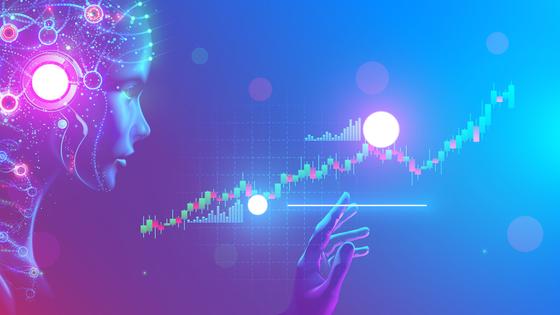
Hence, scientists often draw inspiration from nature, which is why AI technology has emerged. It uses the structure and principles of the human brain. Although its development dates back to the middle of the 20th century, neural networks have experienced a real boom over the past few years, where their application area has increased significantly by 270%. Today, everyone can use them - and businesses too! The good news is they are free.
How it works: Everything you need to know about the structure, methods, and the human brain

Similar to our brain, neural networks also have a set of layers with interconnected processes that operate in parallel to one another:
-
The input layers. This layer is similar to the dendrites in the human brain, where neural impulses originate.
-
The hidden layer. This layer is located between the input and output and is considered central. The synaptic connections are established, and the incoming data is processed and transmitted to the output level.
-
The output layers. It shows the final set of processed and created data that the neural network user observes.
If we break down the work of a neural network into a sequence of stages, then it will look something like this:
Stage 1. Suppose we are discussing a creative neural network for producing content like Midjourney (we will discuss this in greater detail below). The neural network receives a request containing keywords, which it must process. For example, the keywords could be "tree," "house," or "garden."
Stage 2. The neural network translates words into digital codes, known as vectors - the neural network communicates using the language of vectors. Without this stage, it would be impossible to understand what the user has in mind and what they seek.
Stage 3. Vector words are transmitted to the very same hidden layer, where the neural network produces a text or draft image based upon them, consisting of fuzzy stripes and pixels.
Stage 4. Finally, the details of the "draft." The color, texture, additional strokes, and lighting are superimposed. These details are saved from other vectors (keywords) that the user indicates. So, if one of the vectors was "cyberpunk," the neural network might add neon, specific signs, etc.
Incidentally! During the execution of each cycle stage, the neural network continuously learns, refreshing its "library" with new data and the ways to apply them. This is called machine learning and is similar to learning a foreign language, where you have to practice the language: the more you talk with a native speaker, the more you will understand, and the more words you can start using in your vocabulary. The neural network learns to understand users better and gradually expands its toolkit based on experience.
How business uses neural networks today: Examples and opportunities
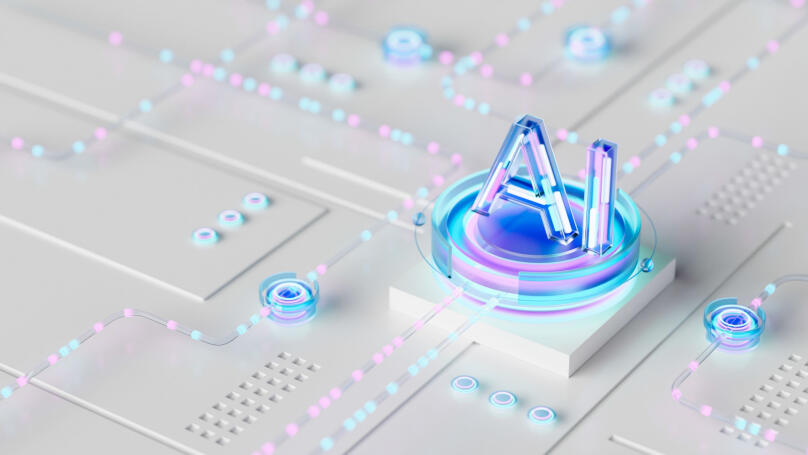
Theoretically, neural networks can draw a picture, find a person by description, produce business ideas, and much more. However, if we are talking about the practical functions used by most IT companies that you can use right now, then first of all, neural networks can:
-
Process information in any (even large) volumes. For example, if you need to group your contact database or check documents. Neural networks are an ideal tool for solving complex and monotonous tasks that businesses do not want to spend human or time resources on.
-
Forecast. Exchange rates, weather, sales, return on investment, marketing effectiveness - all this and more can be estimated and predicted by neural networks based on experience and current performance, which can help businesses make smarter and faster decisions.
-
Extract, find, and recognize data. In the same way that neural networks can process the data it has already received and downloaded, they can find the required information and extract it even from many variables or images, for example, convert statistics into a report and numbers into music.
Furthermore, the significant advantage of neural networks is fault tolerance, which no other program or service can provide. Due to the structure developed based on the human brain, neural networks continue to function even if one or more failures occur. This makes neural networks suitable for any business and industry that needs high stability, like the space industry and engineering.
However, the most promising approach for implementing neural networks is currently within e-commerce. With the assistance of neural networks, you can create highly intelligent and adaptive chatbots that will independently serve customers instead of managers, personalize the recommendation system, enhance mailing lists and social media content, and much more. Amazon, Google Play, and Walmart are currently using neural networks in e-commerce to analyze consumer behavior, past purchases, and preferences, where they can personalize coupons and discounts they can subsequently offer users.
Another remarkable example of how neural networks make business life easier is the PixelDTGAN application, which uses them. With its assistance, any online store can significantly save on the services of photographers: the PixelDTGAN neural network automatically selects clothes on models - be it a person, a dummy, or just something lying on the table - and builds the necessary collage or highlights from them.
Even though many professions are expected to cease because of artificial intelligence, it still cannot fully replace human labor (at least not over the next decade). Nevertheless, neural networks allow you to improve the work of real-life staff in retail. In addition, a Walmart offline store in Levittown (a rural US town in New York state) utilizes a neural network to monitor product shelves. The camera detects when a product is nearing its expiration date or running out on shelves and must be restocked. Following this, sellers receive a notification on their phones to act.
The financial sector and banking are yet another promising area for developing neural networks because, as mentioned above, neural networks have proven that they can predict and process data extremely well. SAS banks developed this technology for their software. They can now independently consider whether to issue customer loans based on analyzing their creditworthiness, including creating a list of the best relevant banking services. The Finprophet neural network predicts jumps in cryptocurrency, stocks, and fiat, assisting investors' lives.
A distinct application area for neural networks and their subspecies is neural networks for producing content. These open up many prospects for business and, therefore, deserve special attention.
Neural networks as a tool for creating branded content.
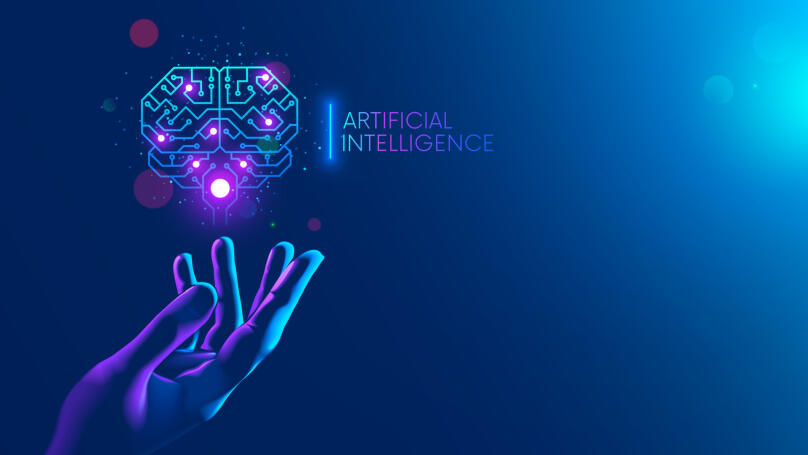
Content produced by artificial intelligence can be used in marketing, education, journalism, blogging, etc. This content relates to everything humans do not create but by computer algorithms based on entered requests and data sources. Therefore, neural networks can quickly generate high-quality, large-scale content with minimal resources.
Currently, you can produce three distinct types of content using a neural network:
-
Text content. Modern neural networks can use language modules and natural language processing (NLP) methods to draft a fictional story that meets the required criteria and plot. However, neural networks often produce simple and short advertising texts or narration (phrases, questions) within the chatbot. They do this using templates and other texts on the Internet, so the generated text still requires additional human verification (the neural network guarantees literacy, but not logic.)
-
Images. These include any images, art, and illustrations created by computer algorithms using visual effects and specified parameters. Adobe and NVIDIA, particularly, have already presented to the market professional paid programs for creating images on a corporate scale.
-
Audio content. Currently, neural networks can produce sound, music, and human voices, opening up a whole new way of coding and recording. The audio tracks of neural networks can later be used for dubbing films, creating advertisements, editing YouTube videos, designing video games, etc.
Using neural networks means you can create separate content for each audience segment based on their needs, tastes, and preferences. This way, you will increase both brand attractiveness and audience engagement.
However, remember that any content created by neural networks is based on data found in the public domain on the Internet since machine learning is based on processing past and other individual data. This raises the issue of copyright, which remains unresolved to this day. This is why we do not recommend monetizing and using neural networks' content in commerce! Although the content of neural networks has not been legally regulated, public scandals have already arisen, and lawsuits have been filed by artists based on neural networks.
The best neural network artists for creating visual content
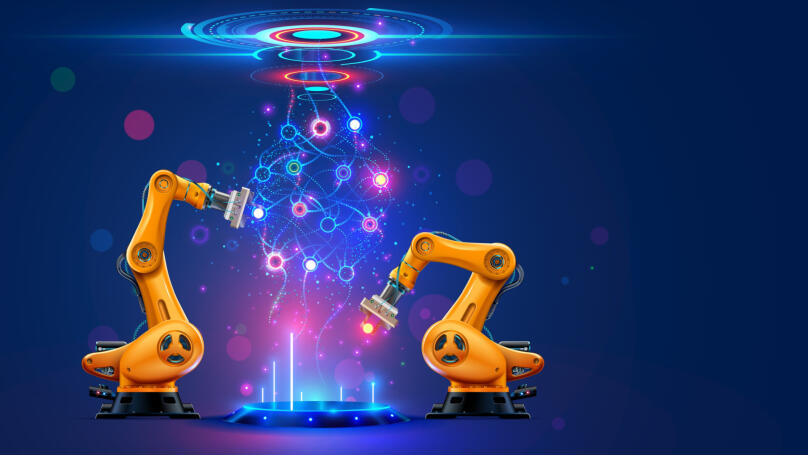
Any business needs high-quality visuals. The most famous neural network for generating images today is Midjourney, created by David Holtz, a young scientist and entrepreneur who graduated from the Faculty of Applied Mathematics at the University of North Carolina. Midjourney operates through the Discord messenger, where users using a particular chat must enter their criteria and tips when using this AI based on the sort of image they want to create. Please note that you will need a paid subscription to achieve this because the number of free attempts is limited! Midjourney has a reputation for being proficient in creating fantasy scenes, science fiction, and modeling ideas for video games and landscapes.
DALLE 2 is another artificial intelligence program created by the American IT firm OpenAI. It produces different styles of images and formats based on text descriptions. It utilizes over 10 billion training models and can understand data in any natural language. (However, it understands English the best.) DALL·E 2 also learns from stock photos and, according to users, manages better than Midjourney regarding images where you have to depict more than two characters. However, Midjourney will still win most polls due to its artistic style.
Also, Stable Diffusion is usually the one to turn to for visual content. This program uses a text encoder when given prompts while adjusting an image.
All neural networks of this kind are used to create visual content work based on a technique known as "distribution." As part of creating a new image, the following activities usually occur:
-
The neural network begins the learning process by accessing stock photos (about ten million available) and grabbing images whose codes correspond to the keywords it has received.
-
The neural network then adds noise to the image, mixing the images and turning them into a messy collection of pixels.
-
The neural network removes the noise, restoring the mixed data. This process is repeated several times, resulting in the original image appearing after countless overlaps and separations.
-
Finally, the neural network utilizes additional noise reduction to give the image a sense of realism. It adds its modifications, "which it learns" while processing previous requests.
How can you use visual content created by neural networks, and where?
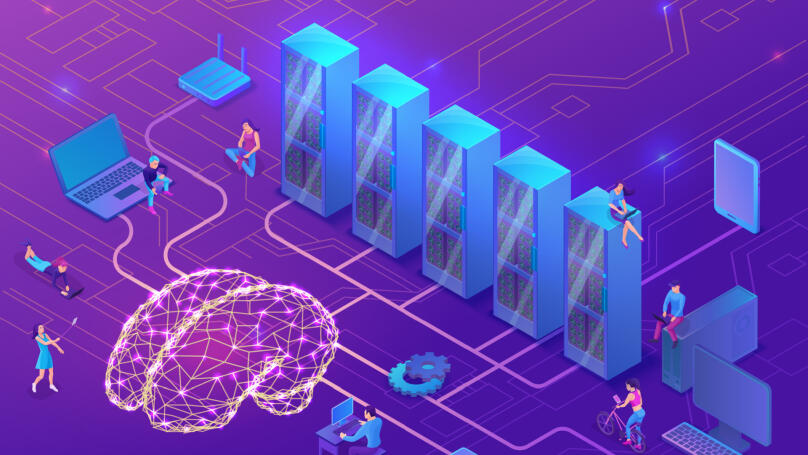
Since monetizing the content created by neural networks is still impossible, the scale of their application still needs to be improved. However, it remains quite accessible - especially for business. Here are a few options for where and what you can use neural networks for:
Creating advertising banners
Midjourney frequently produces ad banners for companies worldwide. Thanks to this, you don't need to hire a special art team or designer or even wait a week for the finished visual product to be provided. Creating a banner with Midjourney takes you no more than five minutes. Following this, the produced image can be placed, for example, on event posters or in promotional Instagram posts, as the San Francisco Ballet Studio recently did to promote its production of "The Nutcracker."
Planning and presentation of marketing campaigns
Suppose you need to present a new project to your management or an investor to persuade them about the profitability of your idea and then receive the go-ahead to launch it or show the numbers to prove your productivity is impressive. However, what if you could visualize them or even the final product? For example, to demonstrate what a new phone model or your creation will look like in a promotional video. Therefore, you could speed up the research and outline the planning process using a neural network.
You do not have to use the content created by a neural network; you can borrow the ideas it offers. Midjourney comes in handy during a brainstorming session with a team of artists when, for example, you need rebranding or a new vision for product positioning.
Lectera’s Online Courses by topic
Creating design elements
The neural network, of course, will not create the entire website design for you. Still, it can suggest some elements that you can use and adapt to your needs, for example:
-
Logos,
-
Icons for mobile apps or sections,
-
Sketches and templates,
-
Buttons with CTA.
Here are some icons from Midjourney that would be perfect for an Asian food delivery app or a ramen-making game:
Creating images for a blog
To make your blog popular, the most important thing you can do is post content regularly. However, you have to agree that very few people can afford to take high-quality photographs every day or even for a week in advance. This is where neural networks can come to your rescue! They will make you stand out from the crowd and demonstrate the ideas you want to convey to subscribers in your posts or even describe an event. This is also an excellent option for saving when it comes to services with stock images, which require additional time to view. Likewise, not all bloggers have the essential skills to create photos or have the resources to hire experienced professionals.
Undoubtedly, neural networks will continue to transform business and the arts over the coming years, improving their algorithms and enhancing the quality of the work they create. Neural networks continue to surprise us not only with their possibilities and capabilities but also with the difficulties when using them - that is why, in the next article in Lectera Magazine, we will demonstrate Midjourney's practical application.
Share this with your friends via:
Latest News

A significant stage in the development of the alternative education system has begun in West Northamptonshire in the UK: the County Council is actively calling on parents, guardians, and trustees to participate in shaping the future of this key area.

Outwoods Primary School in Atherstone, Warwickshire, having experienced deep sadness after the loss of their famous cat, Silla, has found solace in a new pet – a Maine Coon named Aloysius O’Hara.

In modern universities, artificial intelligence, and in particular ChatGPT, is rapidly transforming from a controversial tool into a full-fledged student assistant.

An innovative educational project is gaining momentum in UK primary schools, aiming to change attitudes towards video games.

The Massachusetts Institute of Technology (MIT) presents MIT Learn – a revolutionary online platform that opens a “new front door” to access university knowledge and resources.












 Life After the Holidays: How to Beat the Post-New Year Blues
Life After the Holidays: How to Beat the Post-New Year Blues
 Which Christmas Movie Character Are You?
Which Christmas Movie Character Are You?
 Your New Year’s Forecast: What Awaits You in the New Year?
Your New Year’s Forecast: What Awaits You in the New Year?
 Test. What Career Goal Should You Set for Next Year?
Test. What Career Goal Should You Set for Next Year?
 Test. Which New Year Archetype Are You?
Test. Which New Year Archetype Are You?
 Test. How Should You Spend the Winter Holidays?
Test. How Should You Spend the Winter Holidays?
